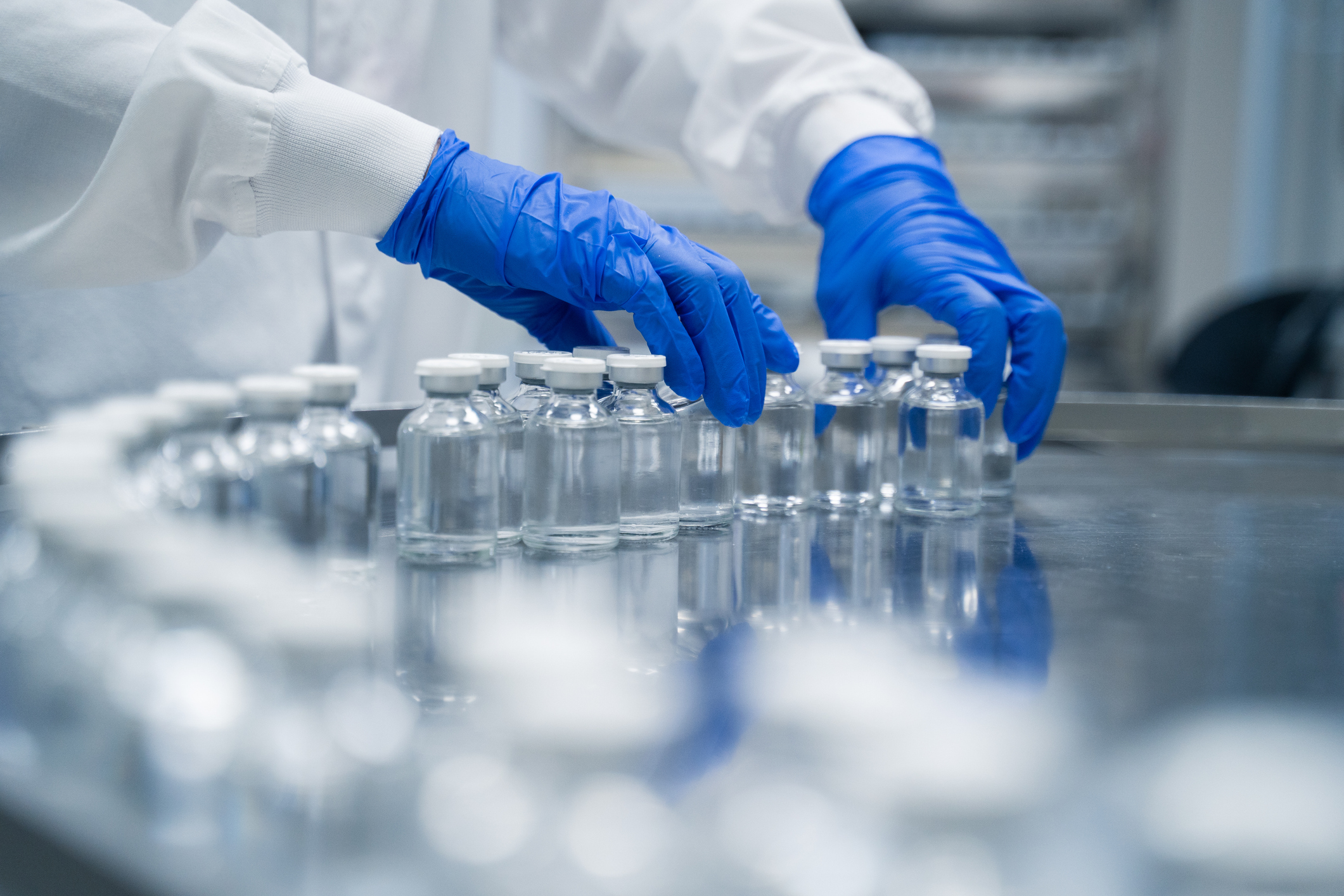ALBA Synchrotron

Designed by the Institute of Chemical Technology (CSIC-UPV) and the University of Valencia, this system produces lactams, essential compounds for drugs such as penicillin, generating only water as a byproduct. Using CLAESS beamline at the ALBA Synchrotron, they studied the local electronic and structural differences between the bimetallic nanocatalysts, as well as their dynamic reorganization after reduction.
A team from the Institute of Chemical Technology (ITQ), mixed center of the Spanish National Research Council (CSIC) and the Universitat Politècnica de València (UPV), along with the Department of Organic Chemistry of the Faculty of Pharmacy of the University of Valencia (UV), has developed a new catalyst, a substance that accelerates a chemical reaction without being consumed in the process, which allows obtaining lactams, essential compounds for the pharmaceutical and polymer industries, in a sustainable way, using highly accessible organic compounds and generating only water as a byproduct of the reaction. The breakthrough is published in the journal Nature Communications.
Lactams are highly relevant functional groups present in the structure of organic molecules. In fact, lactams are amides, substances that constitute an essential part of proteins, and without them, life would not be possible. Furthermore, lactams are very important for the pharmaceutical industry: penicillin is a lactam, and among the ten best-selling drugs in 2022, three were lactams.
"In this work we have been able to develop the first catalytic system of wide applicability to obtain lactams in a practical, sustainable and selective way from organic compounds that are very affordable and hydrogen, where the starting substrate, in this case a cyclic imide, undergoes a hydrogenation process generating water as the only byproduct of the reaction," explains Jose Ramon Cabrero Antonino, CSIC senior scientist at the ITQ and corresponding author of the work.
The catalytic system works because one of the metals present in the material, silver, is capable of chemically transforming the other metal, rhenium, in the presence of hydrogen. When this happens, both metals cooperate to transfer hydrogen in the form of gas to the structure of the starting compound (the organic cyclic imide compound) and transform it into a lactam, the desired product. In this process, part of the hydrogen is incorporated into the molecule, and the other part generates water by combining with the oxygen atom from the starting product.
The research team has studied in detail not only the structure of the heterogeneous catalyst, but also its activation process and the mechanism by which the catalytic transformation occurs. This type of rational approach to heterogeneous catalysis applied to organic chemistry represents a significant advance in this field.
In addition to the ITQ (UPV-CSIC) and the UV, collaborations with the Institute of Electron Microscopy and Materials of the University of Cádiz (IMEYMAT) and with the ALBA Synchrotron were carried out to characterize the catalyst, as well as its activation process.
Specifically, in the CLAESS beamline at the ALBA Synchrotron, X-ray absorption spectroscopy analyses were performed to verify the local electronic and structural differences between the bimetallic nanocatalysts, as well as their dynamic reorganization after reduction.
The work developed by researchers from the IMEYMAT, using techniques of scanning transmission electron microscopy, has provided a detailed view of the materials investigated at the atomic scale. They used the latest equipment of the Electron Microscopy Division of the Central Services for Scientific and Technological Research of the University of Cádiz (DME-UCA), one of the nodes of the Singular Scientific and Technical Facility (ICTS) of Electron Microscopy of Materials (ELECMI).
The research has been funded by the Generalitat Valenciana, the Ministry of Science, Innovation and Universities, "la Caixa" Foundation, and the Severo Ochoa Excellence Program of the ITQ (UPV-CSIC).